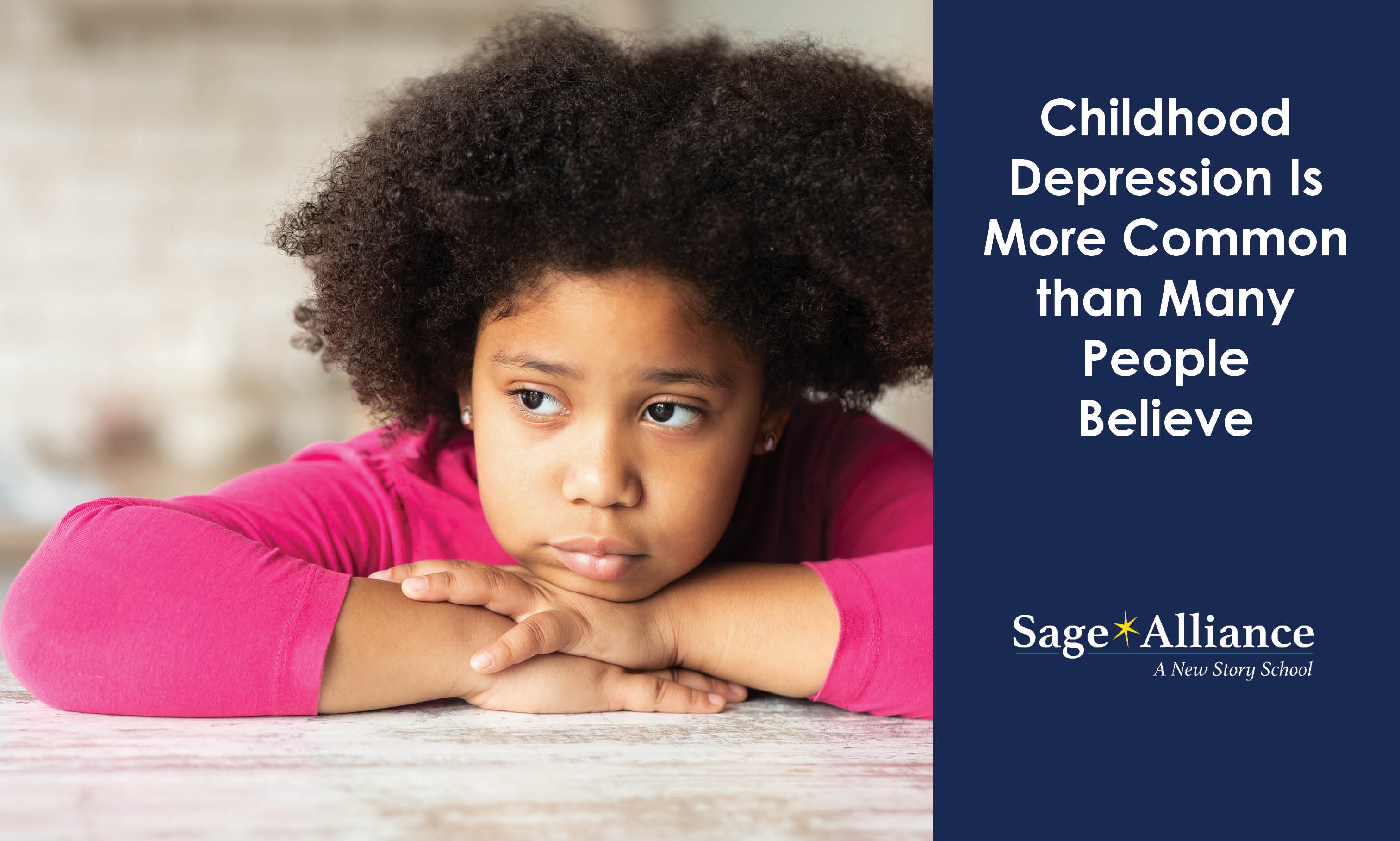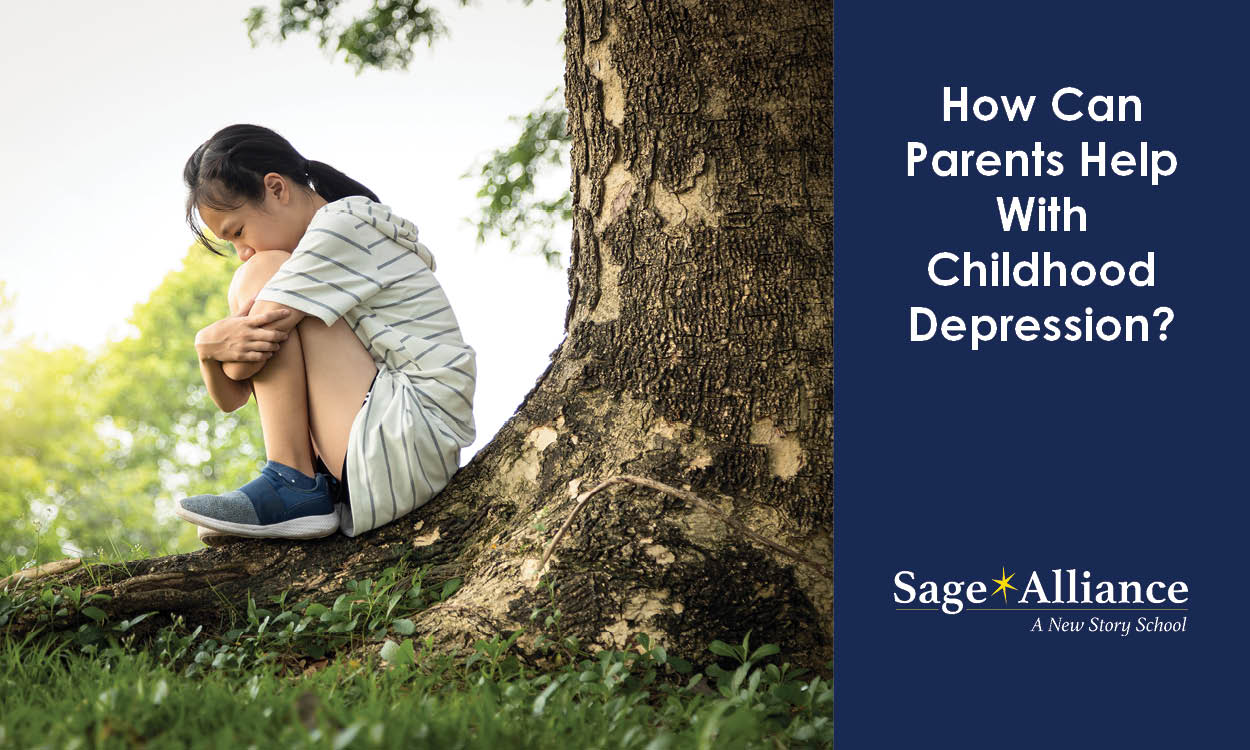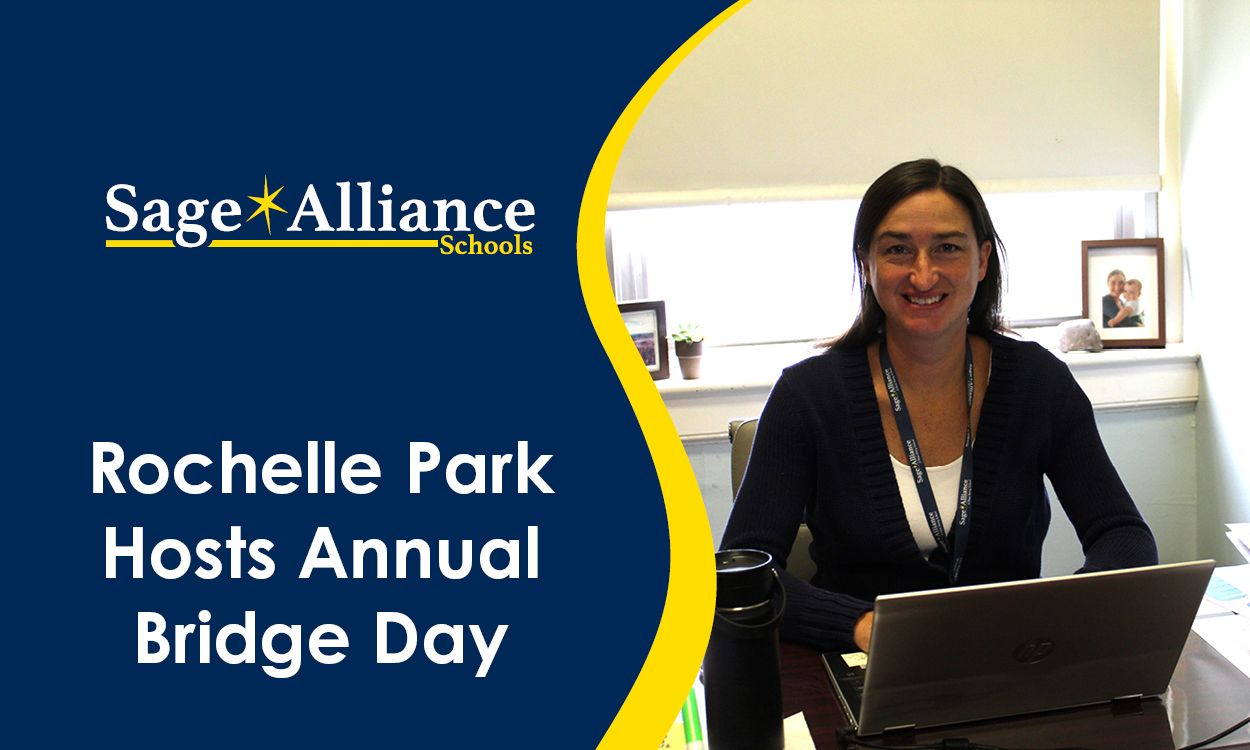Childhood Depression Is More Common than Many People Believe
Posted: July 05, 2015 | Written By: Holly Ference | Category: Teen Depression

Many adults struggle to understand their child’s depression. A common mistake is that people tend to look at mental health issues as something that affects adults. We tend to see children’s issues as problematic behaviors, i.e., minor, temporary issues that they will “grow out of” without much trouble. However, childhood depression is very real, and it affects more children than most adults are comfortable believing. When parents, teachers, and other authority figures do not recognize symptoms of childhood depression, children with these conditions often go undiagnosed and untreated for many years.
What Is Childhood Depression?
Childhood depression can manifest in several ways. Depressed children usually lack in energy and enthusiasm, and often seem withdrawn and unable to concentrate. They may also seem sulky, or even belligerent (depression in children is often accompanied by another mood disorder, such as ADHD or oppositional-defiant disorder). Children with depression often tend to talk about themselves in overly negative ways, such as referring to themselves as “stupid,” “ugly” or “unlovable.” In some cases, even young children can be preoccupied with death and dying, and may place themselves in dangerous situations or talk about contemplating suicide.
While it is possible for any child to experience depression, there are some risk factors that increase the likelihood of the condition developing at a young age:
-
Stress, loss, or chronic medical conditions
-
Neglect, abuse, or other mistreatment that interferes with the child’s ability to form healthy emotional bonds
-
Substance abuse, eating disorders, and other behavior/mood disorders.
In addition, children with parents who suffer from depression are much more likely to suffer from depression themselves. The exact genetic factors that contribute to depression are unknown, but studies have shown that at least 50% of the risk of childhood depression is inherited.
How Many Children Have Depression?
The rate of depression in children increases exponentially by age group. For preschoolers, the number of children with depression is about 1%. That number jumps to 2% for children in kindergarten through sixth grade, and jumps again to 5-6% of adolescents. Below the age of twelve, instances of depression in boys and girls are equal. For ages twelve and above, depression is twice as common in girls as it is in boys.
How Can It Be Treated?
Like depression in adults, childhood depression can be diagnosed by a physician or psychiatrist, and then treated with a combination of therapy, lifestyle management, and medicine. Because children are in such a crucial stage of their development, diagnosing and treating depression sooner rather than later is crucial. Depression negatively impacts people’s ability to learn, form relationships, and develop emotionally.
As with any medical condition, the first step is an accurate diagnosis. If your child is showing signs of depression, it is very important that you alert a medical professional about your concerns and have your child examined.
If your child is suffering from depression, making sure they have a safe, supportive environment is key to helping them learn to manage and overcome their condition. At Sage Day, a private therapeutic school, we provide services to students in need of extra support through individual, group and family therapy while also offering strong academics. To learn more about this school, for admissions information, or for advice on how to help a troubled student, contact us today at 877-887-8817.
Sources
Want to be notified of new articles and resources from Sage Alliance? Click here to submit your email and opt into our newsletter.








